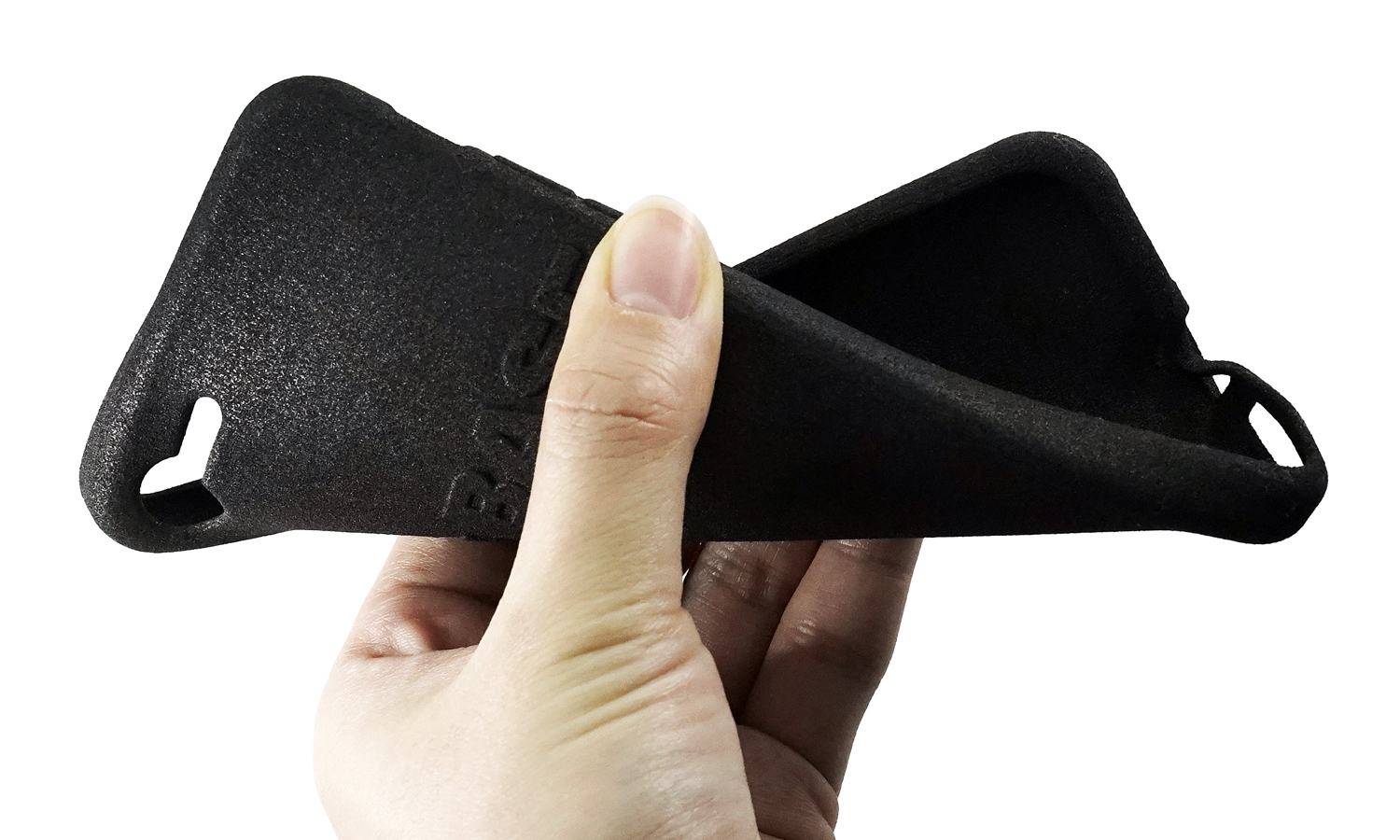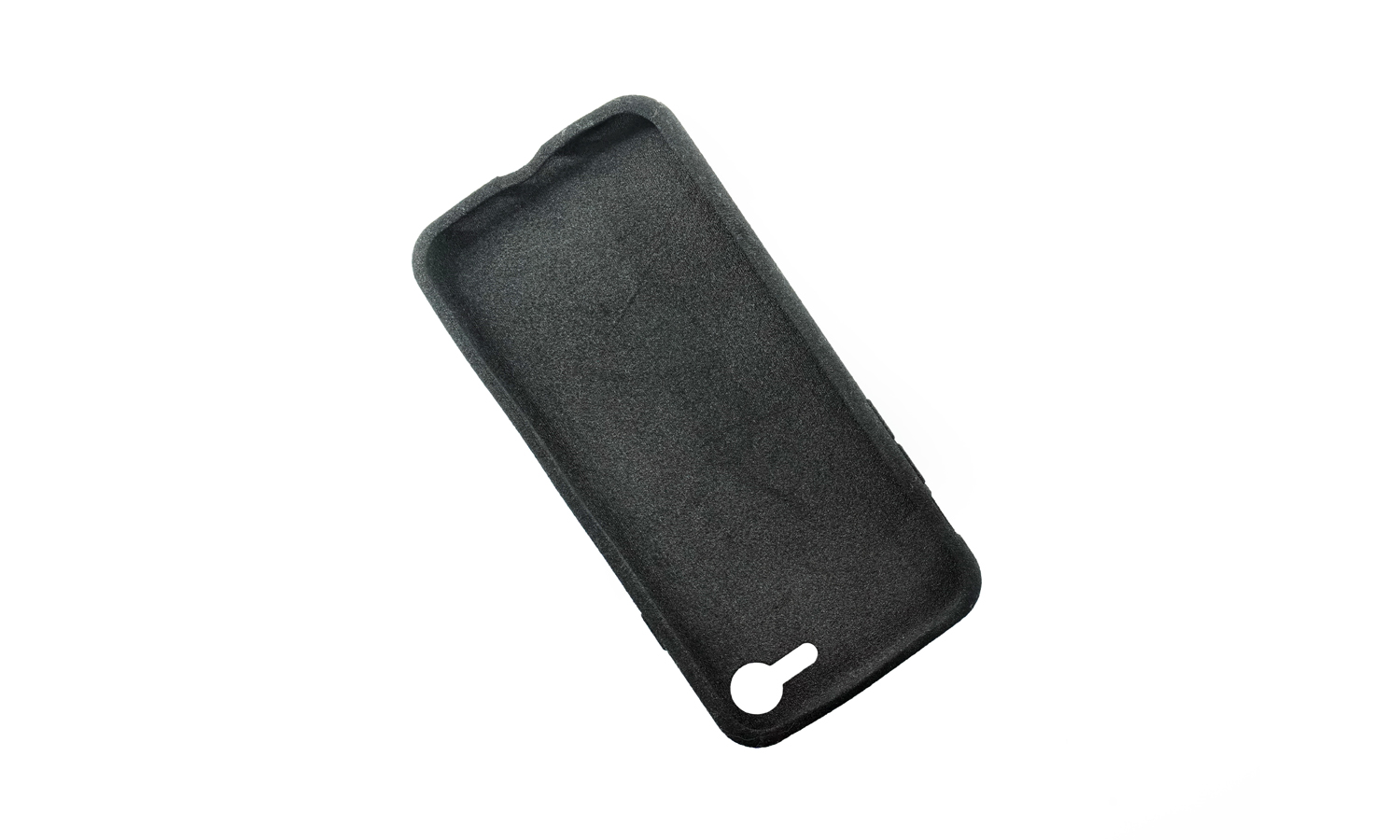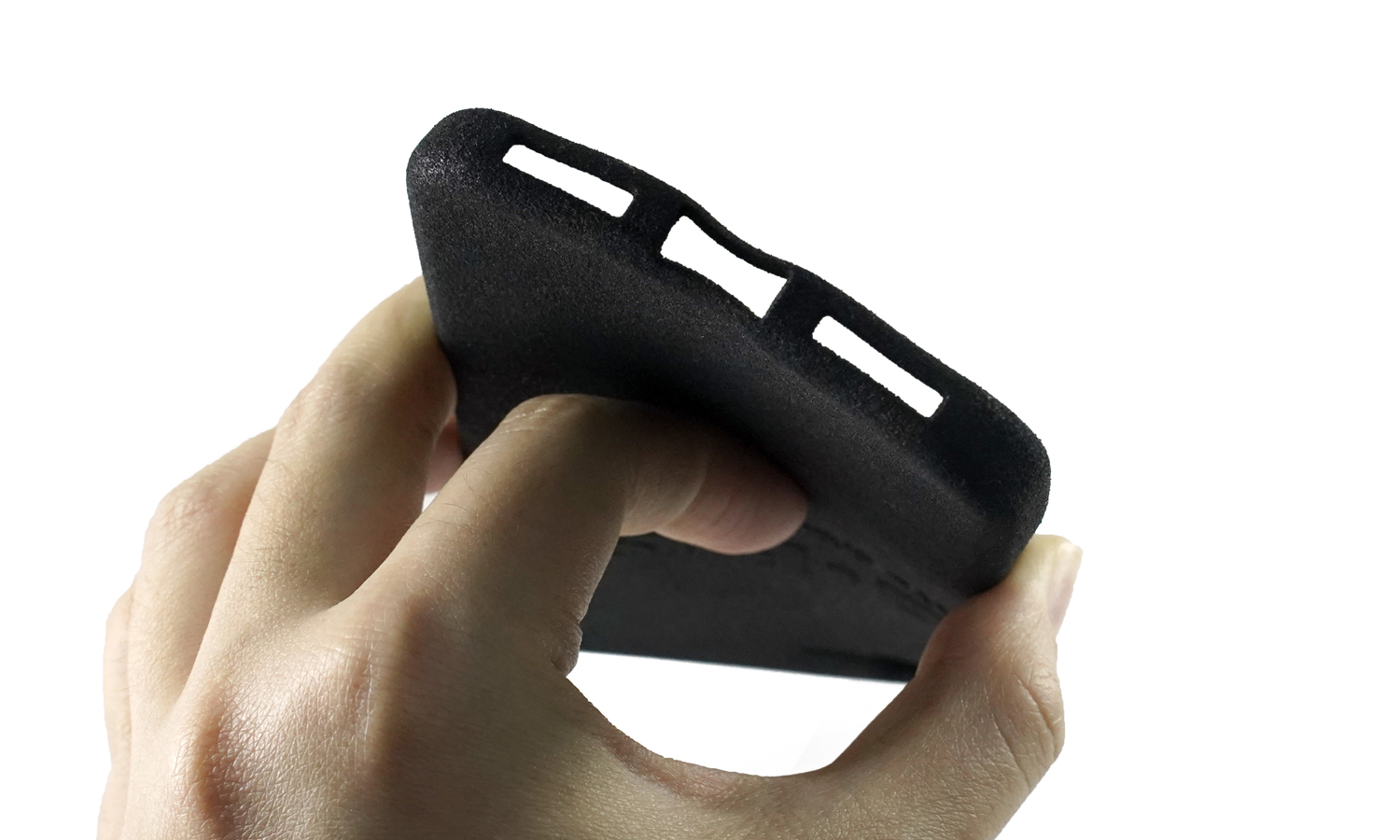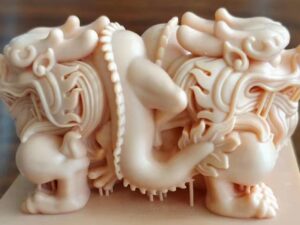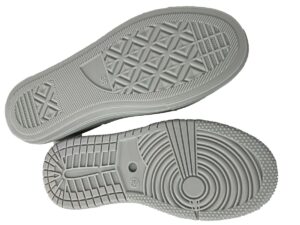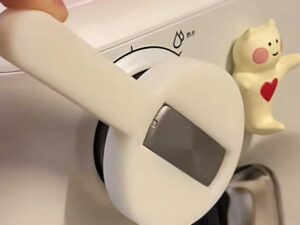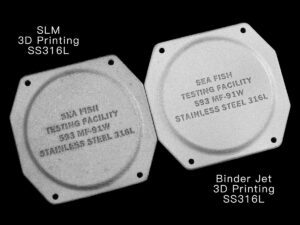- MJF 3D Printed Strut Lattices TPU Cube with Raw Finish
- CNC Milled Brass Hose Tail Custom Hose Barb Hose Insert
Gallery
About Project
If you are looking for a phone case that is flexible and durable, you should check out the MJF TPU 3D-printed flexible phone case. Its shore hardness is 90A. This is a custom-made phone case that uses TPU material to create a soft and elastic cover that fits your phone perfectly.
TPU is a thermoplastic elastomer that has rubber-like properties, such as high flexibility, impact resistance, and wear resistance. MJF 3D printing technology allows you to print TPU parts with high precision and resolution, as well as unlimited design possibilities. We dyed the phone case black to give it a sleek and uniform look.
This phone case is especially suitable for iPhone SE2, as it matches the size and shape of the phone. It can also be bent and stretched without deformation, thanks to the high elasticity of TPU material. It can protect your phone from scratches, drops, and shocks, while also giving it a comfortable grip and a cool appearance.
If you want to get your own MJF TPU 3D printed flexible phone case shore 90A dyed black, you should visit FacFoxŌĆÖs website. FacFox is a professional online 3D printing platform that offers high-quality and affordable MJF 3D printing service for TPU material.
You can upload your 3D model, choose your material and finishing options, and get an instant quote. FacFox will print your phone case with their advanced MJF machines and ship it to you in a short time.
Solution
- Step 1: First, the 3D model would be broken down into layers of 0.08 mm on the computer and sent to the 3D printer.
- Step 2: Before printing, the tank was filled with MJF TPU Rubber powders. On a bed pressure, a 0.08 mm thick layer over the whole width was applied.
- Step 3: The material recoater carriage moved across the build area, depositing a thin layer of the powder material. The printing and fusing carriage moved across the build area, preheating the powder to a specific temperature to provide material consistency.
- Step 4: An array of inkjet nozzles fused agents onto the powder bed in areas that correspond to the partŌĆÖs geometry and properties. After each layer was finished, the build unit retracted to create space for the next layer of material to be deposited.
- Step 5: This process repeated until the build was completed. When the printing process ended, the excess powders were removed which also served as supports.
- Step 6: The print was cleaned soaked in a dye bath for minutes and dried.
